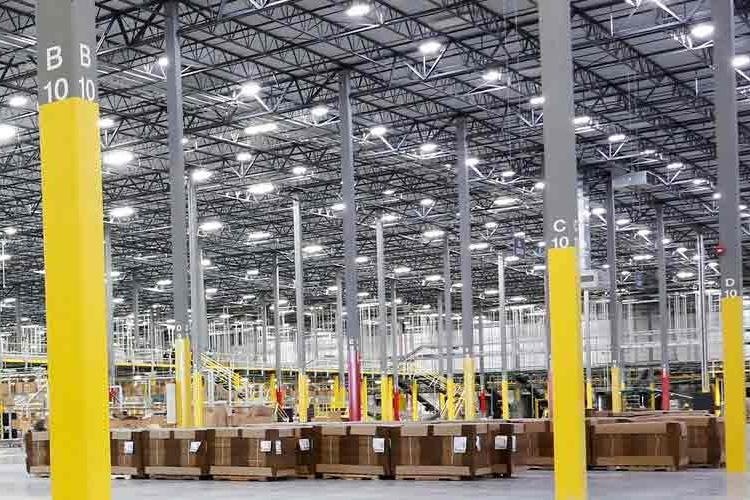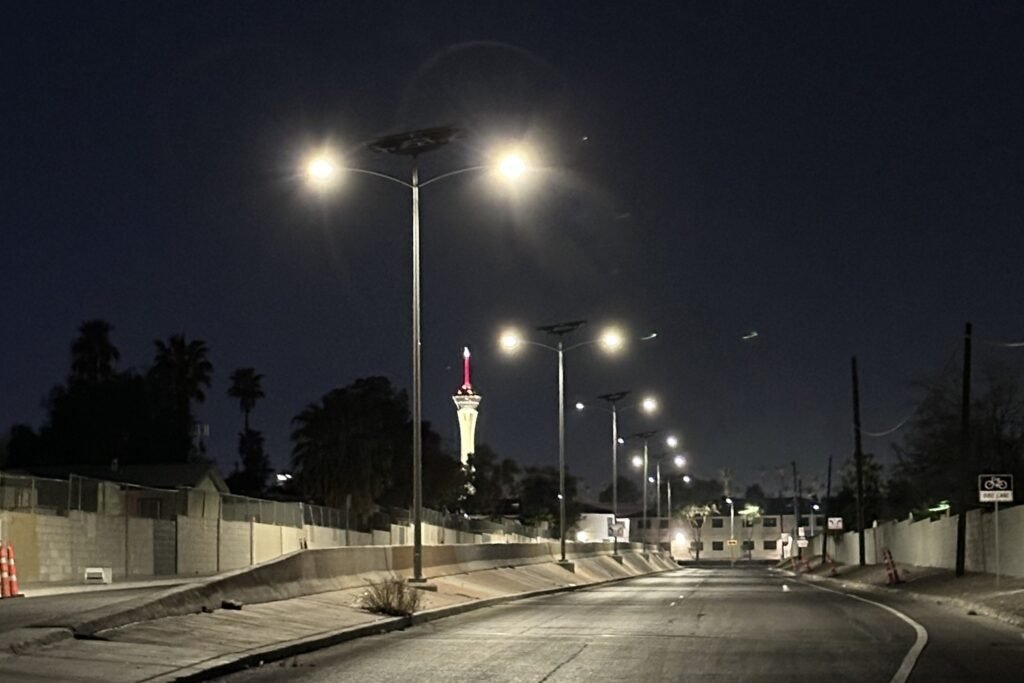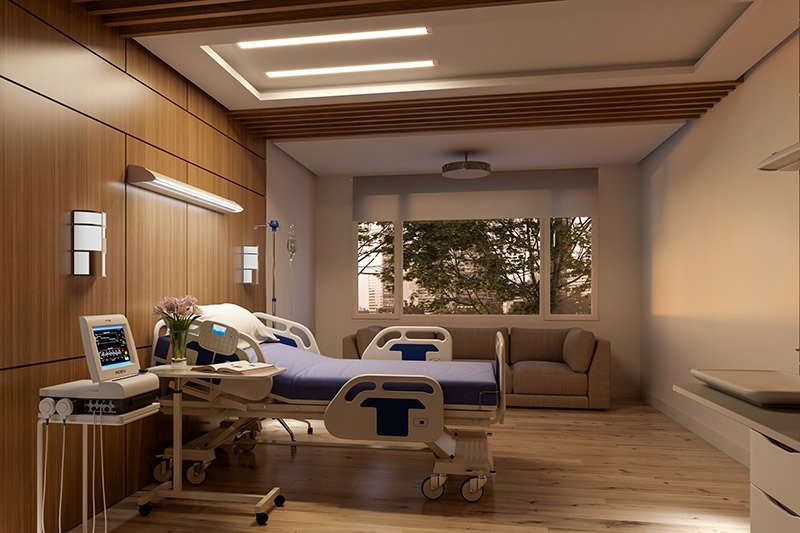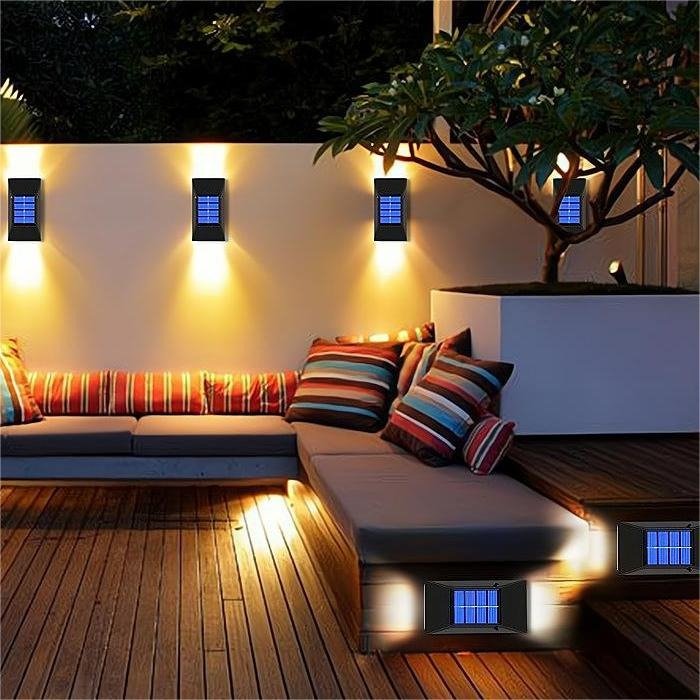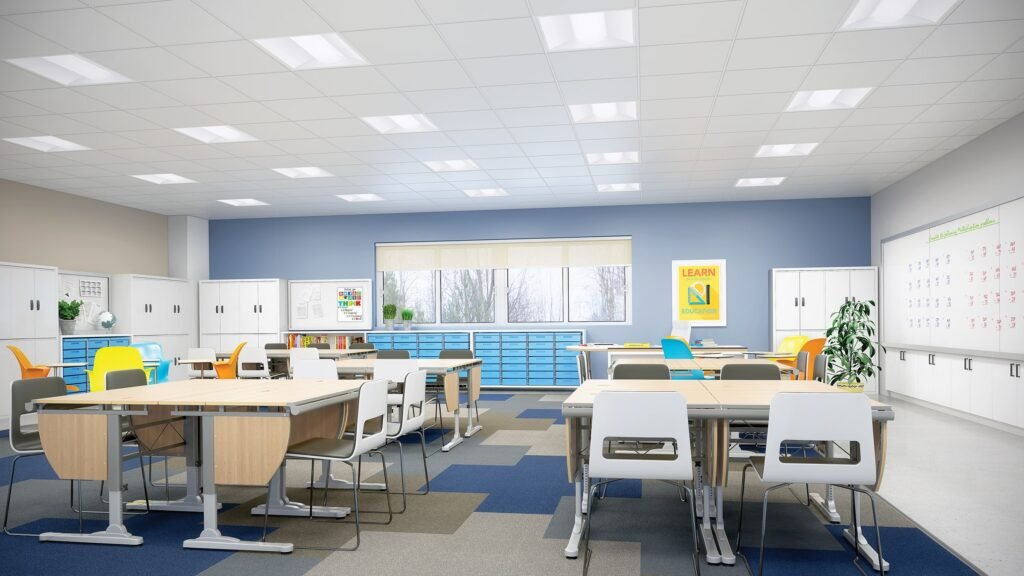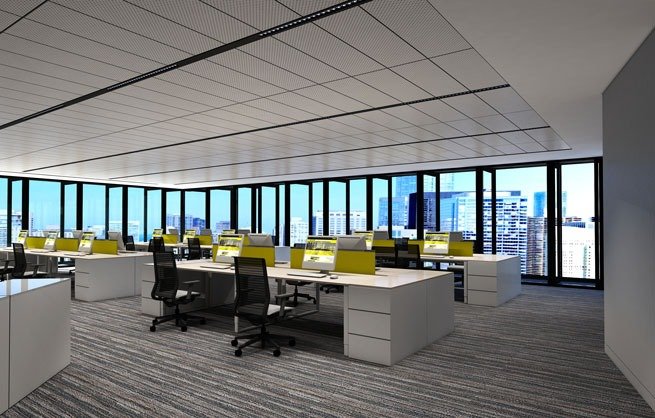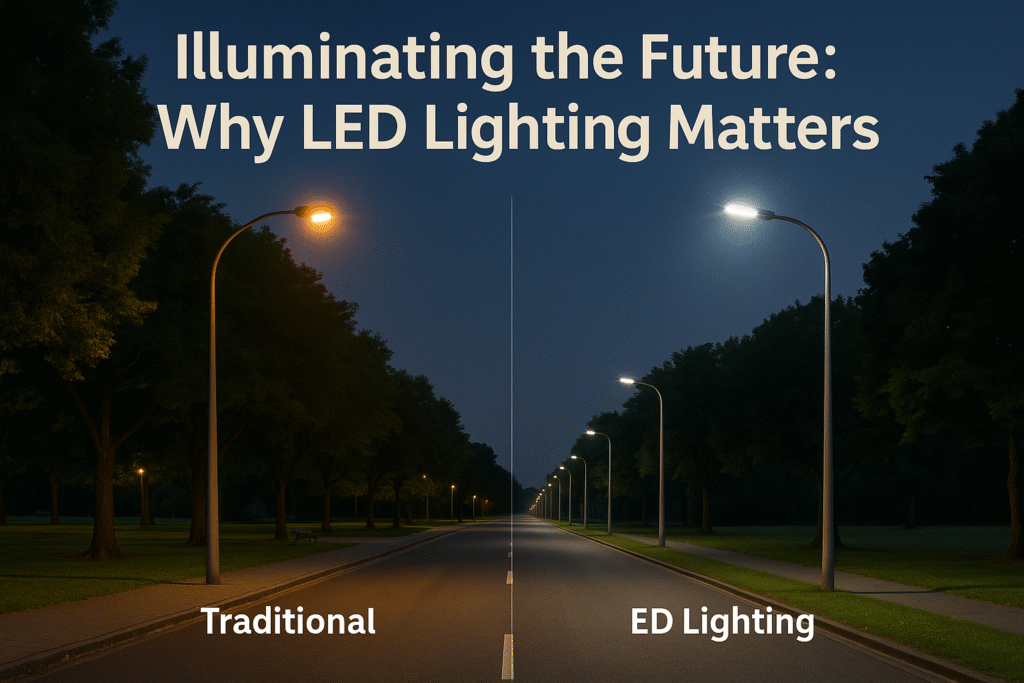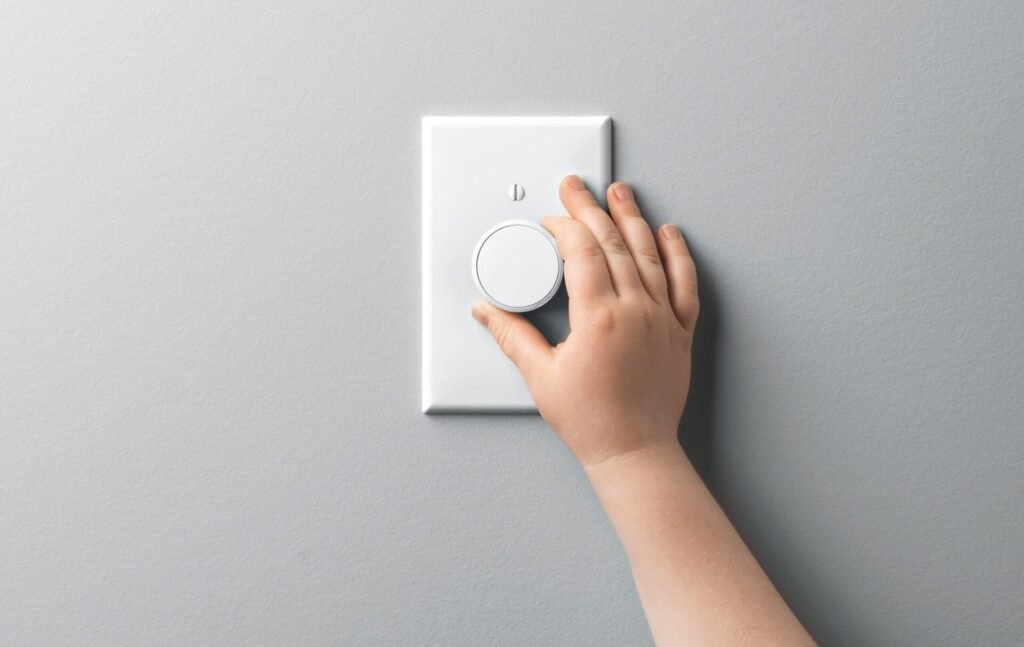Why Lighting Matters in Energy Conservation
In the age of smart technology and sustainable design, Energy Conservation has become a top priority for businesses, homeowners, and governments alike. Among the most efficient strategies to achieve this goal is upgrading to LED lighting. Whether you’re lighting up a small office or a sprawling industrial complex, LEDs can play a crucial role in cutting down energy use and operational costs.
How LED Lighting Boosts Energy Conservation
1. LEDs Consume Less Power

LED lights are designed to use significantly less electricity compared to incandescent or fluorescent bulbs. They convert more energy into visible light rather than heat, making them incredibly efficient. By consuming up to 80% less power, LEDs directly support Energy Conservation, especially in commercial and public buildings with extensive lighting needs. This reduction in energy demand not only lowers utility bills but also decreases the strain on power grids and helps reduce greenhouse gas emissions, aligning with broader sustainability goals and green building standards.
2. Longer Lifespan = Less Waste
LEDs can last up to 50,000 hours—more than 20 times the lifespan of traditional bulbs. This durability means fewer replacements, lower maintenance, and reduced environmental waste. In the long term, using LEDs supports both financial savings and sustainable Energy Conservation practices.
3. Integration with Smart Controls
One of the biggest advantages of LED systems is their compatibility with automation. They can be paired with motion sensors, daylight harvesting systems, timers, and mobile apps. These tools allow for precision in lighting usage, minimizing waste and enhancing Energy Conservation across all building areas.
4. Lower Heat Output

Unlike traditional bulbs, which release most of their energy as heat, LEDs emit minimal heat. This helps reduce cooling loads in buildings, especially in hot climates. By easing the burden on HVAC systems, LEDs support indirect yet significant Energy Conservation.
LED vs. Traditional Lighting: A Quick Comparison

| Feature | LED Lighting | Traditional Lighting |
|---|---|---|
| Energy Use | Very Low | High |
| Heat Emission | Minimal | Significant |
| Lifespan | 50,000+ hours | 1,000–2,000 hours |
| Maintenance | Infrequent | Frequent |
| Efficiency | High (80–90%) | Low (10–20%) |
By switching to LEDs, buildings can drastically improve their Energy Conservation performance with minimal effort.
Answers to Common LED Questions
What makes LEDs better for Energy Conservation?
LEDs are highly efficient and last longer. Their ability to work with automation systems makes them perfect for smart Energy Conservation strategies.
Are LEDs suitable for every type of building?
Yes! From homes and offices to warehouses and hospitals, LEDs fit everywhere. They offer design flexibility and scalability for all Energy Conservation plans.
Do LED lights offer sufficient brightness?
Absolutely. Modern LED fixtures provide better brightness and coverage than traditional bulbs—ideal for task lighting, ambient setups, and outdoor spaces.

Are LED systems hard to install?
Not at all. With the help of experts like Falcon Electronics, the transition to LED is smooth and ensures maximum impact on Energy Conservation efforts.
Ready to Improve Your Building’s Efficiency?
LED lighting is more than a trend—it’s a smart investment in the future. Whether you’re looking to reduce energy bills, enhance lighting quality, or align with sustainability standards, LEDs are the gateway to smarter Energy Conservation.
Partner with Falcon Electronics & Electrical Industries to upgrade your space with intelligent, high-performance LED solutions. Our lighting systems are built to last, save, and shine—so you can light more and waste less.
Sources:
- U.S. Department of Energy. “LED Lighting.”
- Energy.gov. “How Energy-Efficient Light Bulbs Compare with Traditional Incandescents.”
- International Energy Agency (IEA). “Lighting.”
Suggestes Topics:
- How LED Lighting Contributes to Reducing Energy Consumption in Homes
- Cutting-Edge Energy-Efficient Manufacturing Techniques in the Lighting Industry
- Reducing Carbon Footprint: Revolutionary Green Lighting Technologies


